How To Straighten A Pool Cue? 5 Ways to Fix A Warped Pool Cue
Key Takeaways:
- Discover five easy methods how to straighten a pool cue and keep your shots accurate.
- Learn why a straight pool cue matters for boosting your aim, spin control, and overall game performance.
- Find out simple techniques to check if your cue is straight, using tools or even a flat surface at home.
- Explore smart storage tips to prevent your pool cue from warping, ensuring it stays in top shape.
5 Ways to Straighten a Warped Pool Cue
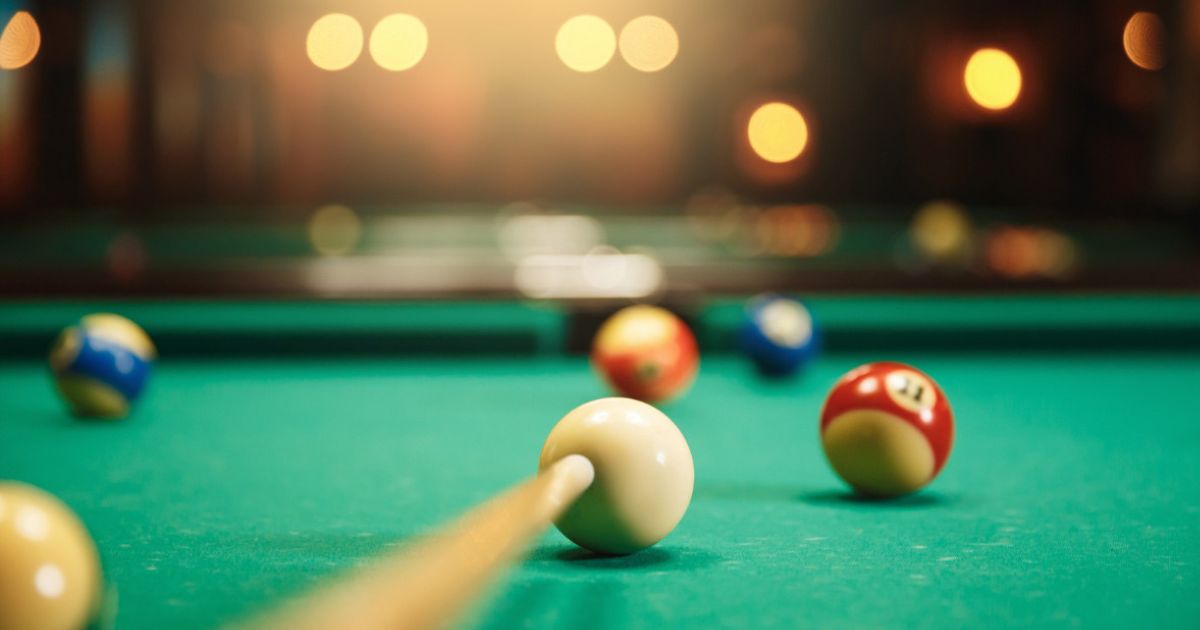
As earlier mentioned, the pool cue plays an important function in the pool game. Therefore, it is necessary to have a good pool cue to achieve the best result. And the first thing to decide whether it is good or not is whether it is straight or not.
You can employ a wide range of diverse skill techniques when utilizing a straight pool cue. You’ll be able to strike pool balls with the appropriate force. The ability to have excellent aim onto the tip is another benefit of a straight pool cue.
5 ways to straighten a warped pool cue
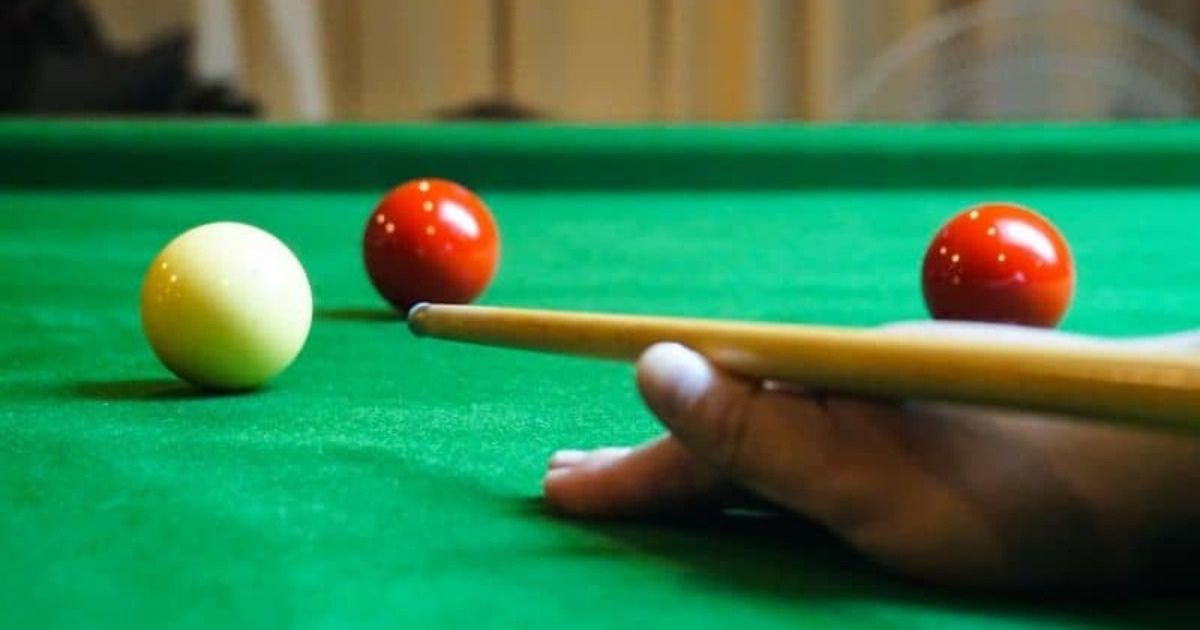
Over time, your pool cue might become bent or warped due to factors like improper storage or temperature changes. When that happens, it’s important to straighten it out to keep your game sharp. Here are five effective methods to help fix a warped pool cue:
1. Using a shaft straightening tool
A shaft straightening tool can help apply just the right amount of pressure to the cue without causing damage. Here’s how to do it:
- Roll the cue on a flat surface to find the warped area. Look for the spot where the cue lifts off the surface the most.
- Place the cue’s tip end on a table and hold the other end in your hand.
- Gently slide the straightening tool to the area with the biggest gap and carefully apply pressure.
Continue until the cue is as straight as possible. Remember to be gentle—using too much force can crack the wood or damage the cue, leading to costly replacements.
2. Apply force yourself
If you don’t have a straightening tool, you can use your hands. However, be cautious, as this method carries a risk of breaking the cue:
- Hold the cue at a 60-degree angle to the floor and place your palm flat on the bent section.
- Apply pressure gently while keeping the cue stable.
- Rotate and check the cue as you go, repeating the process until the cue is straight.
The upside is that this method won’t harm the cue’s protective coating, but the success rate can be lower than other techniques.
3. Increase the bent area temperature
If the warped section is too stubborn for hand pressure, heat can help:
- Wrap the bent area in a warm, damp towel to soften the wood.
- Apply pressure to straighten the cue while the area is still warm.
- Once done, ensure the cue is completely dry to prevent further warping.
This method helps make the wood more pliable, allowing you to reshape the cue more effectively.
4. Tie the cue with something straight
Using a straight object like a pipe or a door frame can help align the cue:
- Tie the cue to the object with string, making sure the bend is facing in the right direction.
- The tighter the tie, the more effective it will be in straightening the cue.
Be cautious with this technique, as tying it incorrectly could worsen the warp instead of fixing it.
5. Suspend the cue
This unusual but effective method uses gravity to help straighten minor bends:
- Hang the cue with the tip facing up by tying it to a cord attached to the ceiling.
- Let it hang for at least a week. The cue’s weight will gradually help to straighten out the warp.
Besides fixing your cue, it can also make for an interesting conversation starter in your game room!
Why Is A Straight Pool Cue Important?
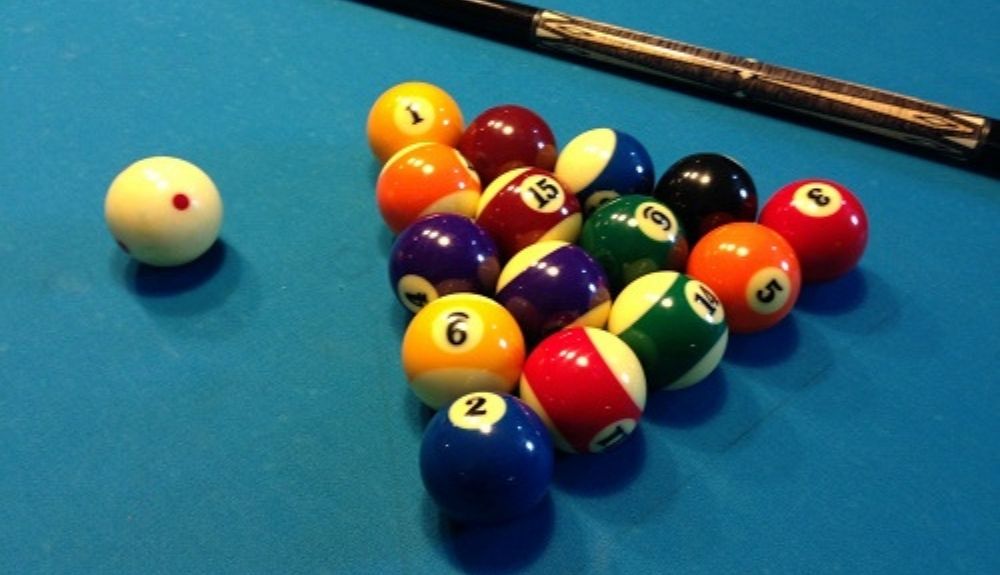
A straight pool cue is crucial for achieving accuracy and consistency in your game. Here’s why:
1. Better Accuracy
A straight cue ensures that your shots are precise and predictable. If a cue is warped, it can cause the tip to contact the ball at an unintended angle, leading to off-target shots. With a straight cue, you can line up your aim more effectively, increasing your chances of hitting the ball exactly where you want.
2. Consistent Performance
Using a straight cue allows for a consistent follow-through and shot delivery. This means you can apply different techniques and skills with confidence, knowing the cue will respond as expected. A warped cue, on the other hand, can throw off your stroke, making it difficult to achieve the same results from shot to shot.
3. Proper Force Application
A straight pool cue lets you strike the ball with the right amount of force and control. When the cue is bent, it can cause the ball to veer off course, even if your stroke is perfect. A straight cue ensures that all the energy from your stroke is transferred to the ball in the intended direction.
4. Enhanced Spin Control
For players who use spin techniques, a straight cue is essential. It allows for accurate cue ball positioning and helps you apply spin or English to the ball more effectively. This level of control is much more challenging to achieve with a warped cue.
In summary, a straight pool cue is key to performing well in the game, giving you the control, accuracy, and consistency needed to execute your shots with precision.
How to Check if Your Pool Cue Is Straight?
Making sure your pool cue is straight is essential for accurate and consistent shots. Here’s a simple guide on how to check if your pool cue is straight:
1. Roll the Cue on a Flat Surface
- Place the cue on a smooth, flat surface like a pool table or a hardwood floor.
- Roll the cue slowly and watch how it moves.
- If it rolls evenly and stays flat, the cue is likely straight. If you notice any wobbling or uneven movement, there might be a warp.
2. Look Down the Length of the Cue
- Hold the cue with the tip pointed away from you and look down its length from the thicker end.
- Rotate the cue slowly while keeping your eye on the shaft. If you notice any curves or bends, the cue may not be straight.
3. Check for Gaps on the Table
- Place the cue flat on a table and see if there are any gaps between the cue and the table surface.
- Gently press down along the cue’s length to ensure it’s touching the table evenly. If you find any areas where the cue lifts off the table, that’s a sign of warping.
4. Use a Straight Edge or Ruler
- Place a ruler or straight edge alongside the cue.
- Check for any noticeable gaps between the ruler and the cue. If there are gaps, the cue might be bent.
5. Ask for a Second Opinion
- Sometimes, a second set of eyes can spot warping that you might miss. Ask a friend to help check the cue for you.
- Alternatively, you can take your cue to a professional or a cue repair shop for a thorough inspection.
Regularly checking your pool cue for straightness can help you maintain top performance and ensure that your game stays sharp. Try these methods out to keep your cue in perfect shape!
How To Store Your Pool Stick?
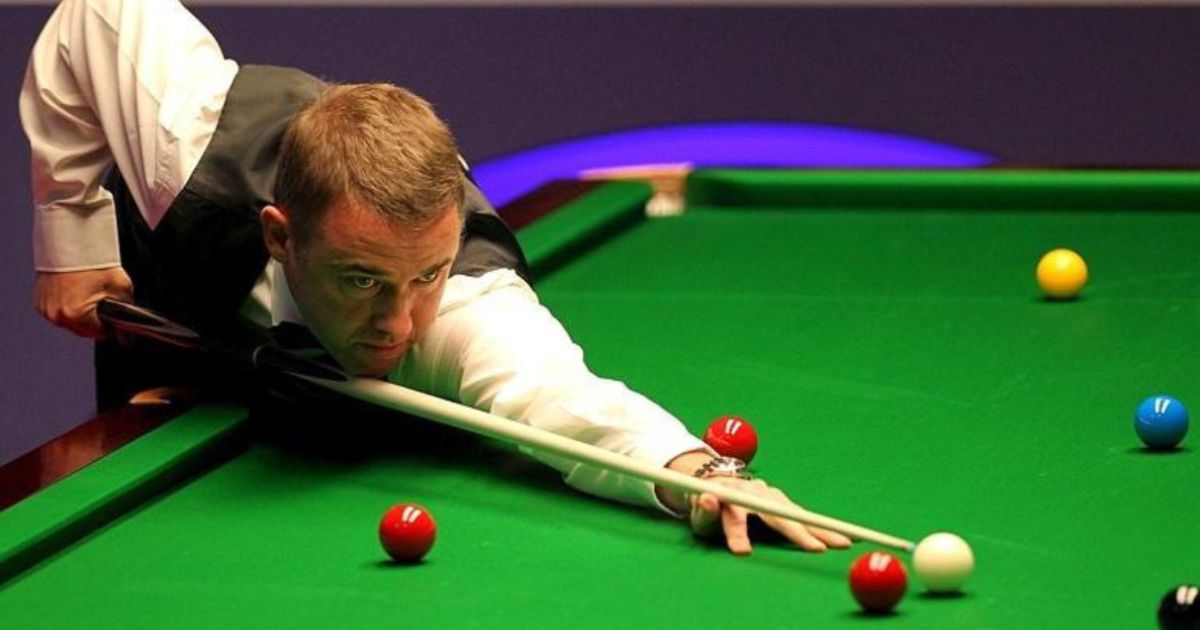
The pool stick needs to be stored in the right conditions to avoid warping issues. Here are some popular tips that many people use:
- Avoid resting your cue against any surface, including the pool table or a wall. The cue’s tip may flex as a result of this.
- Keep your cue away from radiators, fireplaces, and other heat sources.
- Avoid storing it in places with high heat or cold, like a hot car, attic, or basement. Make sure not to leave your cue in direct sunlight because it doesn’t take much to warp a shaft.
- Keep your cue flat and preferably in a sturdy cue case when storing it. Because they offer superior protection for your stick from high temperatures and dampness, hard cue cases are always preferable to soft cue cases.
- Make sure not to apply any pressure to your cue when storing it. Warping can also result from repeatedly applying pressure to the cue.
FAQs
Are pool cues perfectly straight?
Every cue varies in terms of how straight and rounded it is. Keep in mind that cues are a natural product and that their environment has an impact on them. A piece of wood will always be affected by humidity and temperature. Even the priciest cues aren’t always exactly straight.
What causes a pool stick to warp?
If you don’t take care of your cues, they will all warp, regardless of their price. The two most frequent causes are side pressure and temperature change. Keep cues out of your automobile at all costs. In a matter of hours, a cue will distort if it is left in your car during periods of high heat or cold. In addition, poor-quality materials also can make pool cues warp, so you have to check carefully before choosing any pool cue in the market.
How can you tell if a pool cue is warped?
To check whether your pool cue is warped or not, you can lay the cue over the table, rolling it swiftly with your fingertips as you keep an eye on the cue’s tip. The cue is deformed if it wobbles or rolls improperly in any way. If you roll the cue and are unsure if there is warping or not, take apart the stick and roll the shaft first before rolling the butt to see if and where warping is present.
In conclusion, any pool player has to learn how to straighten a pool cue. A pool cue can become deformed over time for a variety of causes, just like other equipment. You can lessen the likelihood of developing a damaged cue by storing and keeping it in the proper manner. If the pool cue is still warped, we hope that the five methods indicated above can assist you in making it straight on your own if necessary.
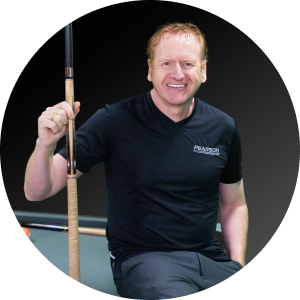
Dave Pearson
Dave Pearson, the world's leading pool entertainer, is renowned globally as the ultimate exhibition player.
Boasting 20 world records endorsed by the prestigious Guinness Book of World Records, Dave established a legendary history in the sport industry.

This post was helpful to me. While I understand a product is being sold here, the information is valid and forthright; with respect to presenting various options to straighten a warped pool cue shaft.